Lokta Paper - the Paper Lovers' Paper
Last week, Pen Boutique owner Leena and I brainstormed some ideas for the blog, and we both got very excited when she suggested I write about our store exclusive Monk Papers lokta products from Nepal. Leena is super passionate about this paper, and I think it's extremely beautiful too, but I had never tried writing on it, so I was eager to take home a selection and experiment!
[This article was first published in March, 2022, and updated on May 11th, 2025 with new photos and information about our latest lokta paper products, a few minor corrections, and photos from Pen Boutique owner Leena's visit home to Nepal.]
Confession: way before I discovered fountain pens and ink, I was in love with fancy paper. I've bought so many beautiful papers over the years, and taken so much pleasure in using it to wrap gifts and create various art projects. Friends have brought back paper for me from Europe, and family members have given me special handmade Japanese gift wrap as a Christmas present (yes, the paper was the present itself, and I loved it!). I've spent way too much money on single sheets of beautiful paper from art stores and always went out of my way to find special wrapping paper when traveling. (It was sometimes very awkward to transport home!) And yes, I've bought beautiful sheets of lokta paper many times, although I never knew it was called that! Clearly, this gorgeous paper makes an ideal gift wrap, but what is it like to write on?
Leena, who is from Nepal, has a special relationship with the people who make this paper, so we carry a fairly broad selection of lokta paper products, including lovely Writing Sets with embedded flower petals and leaves, handsome Hard Cover Journals, Boxed Stationery Sets with notecards and envelopes, loose greeting cards, printer paper, colorful "Pen is mightier than the sword" Quotation Journals, luxurious Buffalo Leather Journals, compact Trekker Journals, and more. Customers often admire the unique handmade paper but some are hesitant to buy because they aren't sure what kinds of pens are compatible with this soft textured paper. Well, I have the answers to all your questions, but first I want to tell you the story of how Leena discovered this paper.
Leena's Lokta Journey
Leena grew up in Nepal but moved to the United States when she was in college. During a visit home in 2011, she met amazing people in Nepal who were actually working with these traditional handmade papers. She knew this paper was used for all important Nepalese documents (such as official government records and sacred religious texts) because of its acid-free archival properties, but she had never really paid attention to it until she met the people who make it. Since she was already in business with writing instruments, it was a match made in heaven! She learned in detail about it and wanted to bring the paper home to the US to share.
She discovered that the paper is exclusively made strictly by hand with no machines in the rural Himalayas, using centuries-old methods. No electricity is used, there are no synthetic additives, and, most important of all, there is NO tree destruction! The paper is made from the fibrous inner bark of lokta bushes, high elevation evergreen shrubs that grow wild and cover more than a million hectares of forest land in Nepal. It is one of the world's few underutilized species. After being harvested, the lokta bush regenerates to a fully grown 4-5 meter plant within 5-7 years!
The bark is harvested seasonally, stripped into thin straw-like strips, and boiled for five hours. The mixture is mashed and the pulp is mixed with water and spread on wooden screens, then left to dry, producing the natural fiber paper. The paper is then transformed into other thoughtful products in the Kathmandu Valley. Binding, covering, and decorating are all done by hand, and the colored papers are made with 100% natural vegetable dyes.

[Pen Boutique owner Leena looks at handmade, vegetable-dyed lokta paper in Nepal.]
My favorite decorated lokta product that we carry is the delightful boxed stationery set with whimsical bird drawings by kids on the outside of the box. I also adore the bright jewel-tone squares in the Multicolor Patch Work set, which excites my love of color and rectilinear shapes. The larger stationery sets come with plenty of textured lokta writing paper and lokta envelopes with colored linings that match the colors on the boxes. The smaller Pink Hearts Notelet set has cards that are decorated with different colored hearts.


Helping people is very important to Leena, as anyone who knows her will attest, and when she visited the place where the paper was being made, she fell in love with the whole process and with the people who were there working--men and women who are trying to make a living with culturally traditional work. This paper especially contributes to economic sustainability for poor rural Nepalese women, due to its high quality and desirability.

[Pictured: Pen Boutique owner Leena with Nepalese women in the Kathmandu Valley hand making lokta paper products.]
Leena wanted to help keep the old lokta paper making craft alive, and that led to the birth of her exclusive line, Monk Papers. The name alludes to the tradition of Buddhist monks who used these papers for their writing. The earliest surviving lokta paper document was block printed and is estimated to be between 1,000 and 1,900 years old! Lokta paper can last for several millennia (ca. 2000–3500 years). She says, "Write a note on these papers which will remain the same for more than 100 years!"
Updated Designs
[This section is a 2025 addition.] This winter, Leena returned to Nepal and had the opportunity to visit the hardworking local women at our Monk Paper factory in the Kathmandu Valley. She loved reconnecting with them, and, as she shared in her newsletter upon returning, was thrilled to see so many of them becoming independent and their children doing well in school.

Not long after, we expanded our range of Monk Paper products and got a big shipment from Nepal with the new designs. These include handsome Hard Cover Journals in three colors--deep Walnut brown, rich reddish brown Cutch, and vibrant golden Saffron--fun and portable Trekker Journals in three different prints, and beautiful new options for the Writing Sets, with flower petals and leaves embedded in the unbelievably soft, irresistibly touchable wraparound lokta paper covers.

[Pictured: Bougainvillea & Mugwort Writing Set, with Marigold Writing Set.]

[Pictured: Inside contents of the Marigold Writing Set, which includes envelopes and writing paper. Not only is the paper decadently soft, it is also very sturdy and difficult to tear, so the envelopes stand up well in the mail!]
Handling the new products to take videos for Instagram and our YouTube show, Ink Spill, I was reminded all over again how incredible the feel of lokta paper is. It's so richly textured, I couldn't help running my fingers lightly over the surface of each journal and writing set.




Trying Monk Paper on the Toughest Critic
The paper is beautiful, eco-friendly, and helps people... but, if you are reading this blog, you probably love pens, so... how does it handle ink? Well, my mom got a nice birthday gift in the mail while I was working on this article, so I offered one of the Thank You cards to her. My mom is pretty picky and does not hesitate to express her honest dissatisfaction with things that she doesn't like, but she loved both the lokta notecard and the translucent teal Cross Beverly rollerball I had borrowed from work for the blog. (This pen uses a Cross Gel Rollerball refill, so it's a little different from a traditional rollerball, but, don't worry, I tried one of those, too!)

She kept commenting about what nice paper it was and how it was probably so expensive. She was pretty surprised when I told her that the individual cards are only $1.50 each! She also thought the Cross Beverly cost about $200, and it's actually under $40. I couldn't believe I had finally found something to impress Mom! Her only complaint about either product was to ask me why the envelopes don't have any glue on the flap. I presume having a glue strip would not be compatible with the handmade manufacturing process, and glue would probably make the envelopes stick shut when they are being transported from one environment to another. Mom didn't seem to mind very much; she just used some Elmer's glue, which worked great to seal the envelope tightly. It's ready to go out in tomorrow's mail! A glue stick would also be a handy way to easily seal them.
Check out this closeup of how well the pen and paper worked together:

What Else Is Compatible?
My handwriting isn't as nice as my mom's, but my store colleague Aurora and I brainstormed a broad spectrum of different writing instruments I should try with the paper. She cautioned me that it works best with gel pens, markers, and ballpoints, and can be a little risky with fountain pens.
- Montblanc Fineliner
Aurora suggested I try a Montblanc Starwalker fineliner felt tip pen. I experimented with it in the store, and it wrote extremely nicely! I was very pleased and collected up an additional assortment of pens to try at home.

- Classic Rollerball
The first pen I tested at home in one of the "Pen is mightier than the sword" Quotation Journals was a Faber Castell Hexo, a classic rollerball style writer. The paper handled the rollerball very well and it travelled smoothly across the page even when I wrote in cursive (which I am very out of practice at doing, but I sacrificed my dignity for the blog!). The rollerball ink did bleed a little when I held the pen in one place for a long time, but overall the experience was quite nice. The texture of the paper is very pleasurable to touch and enjoyable to write on.

The rollerball writing showed through to the other side of the page, so you can't write on the back with this kind of pen. I'd also recommend putting a blank sheet of paper in between the pages just in case the ink bleeds through when you lay it down especially thick. I didn't really mind the ghosting since I don't usually write on the back of paper, but I know it's a big deal for some people!

- Ballpoint
Ballpoint pen fared even better! I tried a beautiful Pelikan Souveran K600 in vibrant orange that I had borrowed from the store. Not only did this pen look stunning in the sunlight with the Hemp Fiber Stationery Writing Set, it wrote quite well in the Quotation Journal. (I chose the tangerine colored journal for my experiments because, as you might have noticed, I love orange.)

The feeling of writing with the ballpoint on this paper was similar to the rollerball, except there was no bleeding or ghosting. It worked well with all the ballpoints I tried, including my vintage Japanese fish pen!

- Fountain Pens
As I was warned by both Aurora and Leena, fountain pens are a little tricky with lokta paper. The Pilot Varsity I tried first was a total FAIL; it was very feathery and soaked right through the paper. A medium nib Lamy Safari with a Lamy ink cartridge wrote smoothly but also bled through the paper. It feathered somewhat, but not as much as I expected. The nib also didn't catch on the fibers of the paper like I had feared.
My trusty medium nib Pilot Prera with Waterman Inspired Blue ink actually did fine on the Lokta paper! I had no problem writing smoothly and it didn't feather or look too thick. My medium nib Pilot E95s with Iroshizuku Yama-Budo ink was also not bad! It was pretty fun to write on the paper with a fountain pen, and I liked the extra character it gave to the appearance of the lettering.

I tried a few more extreme choices, beginning with my extra fine Pilot E95s with Pilot Namiki Black ink. I was actually quite surprised by how well it wrote, until it completely stopped writing! I think one of the fibers from the paper got stuck in the nib. I stopped for a moment to flush it out with a bulb syringe (which took only a few moments) and the pen resumed writing perfectly. But, something to watch out for! 
My double broad Pilot Custom 74 wrote quite nicely, even with shimmering ink! I had it loaded with ColorVerse Project 001 Shiny Black. The shimmer showed up a lot on the lokta paper, but it did ghost heavily and bleed through the paper (not surprisingly). A broad nib Pilot also wrote smoothly.

- Gel Pens!
The overall champions with the lokta paper were gel pens, though. The Cross Beverly that my mom had tried wrote beautifully, as did a Faber-Castell ballpoint that I had put a Monteverde Ceramic Gel refill into. I found an old sparkling Gelly Roll pen in my drawer and tried it, too! It was a thousand years old but worked great on the lokta. These pens all wrote very smoothly on the paper and didn't bleed at all.


- Markers
I tried a few different kinds of markers, also with overall excellent results! The Sailor Shikiori brush markers we sell at the store looked great, although I don't really know how to use them properly. And Sharpie fans can rejoice: a regular old ultra fine point Sharpie was surprisingly perfect! A "fine" point Sharpie (the kind that is actually not fine at all) was way too wet, though. Those are probably better for labelling boxes. Some old Micron archival ink pens I had in my drawer were also awesome, in every point size I tried. (Maybe even better than the gel pens?!) And of course, that Montblanc Starwalker Fineliner I tried in the store would fit this category as well.


- Pencils
Pencils also work just fine, although they show up better when they are less sharp. I played with one of my new Faber Castell sparkle pencils, then tried some cheapo colored pencils that belonged to my mom. The darker colors looked best. (Lime green had a little trouble.)


What About... An Inkjet Printer?!
One final weird test I did was to try printing on the paper with an inkjet printer. Some of the paper is packaged as loose sheets that are labeled as computer paper. They come in a choice of different colors and are quite nice looking, but I was skeptical that my printer would actually be able to print well on this very textured paper.


Well, I was completely wrong! It actually looked fantastic--crisp and extremely readable! This paper would be perfect for Christmas letters or any other printed letter where you want to give your writing a luxurious look and a lot of character. My flaky printer actually looked much better than it normally does.

Buffalo Leather Journals
Hopefully by now I've convinced you that lokta paper is great. There's one more extra special product I wanted to mention before I call it a night. The luxurious Buffalo Leather Journal comes in two sizes and features soft brown leather that's subtly textured on the front and has a pet-able suede side on the reverse. It comes in two sizes, both of which feature beautiful deckled edges and a wraparound leather strap to keep the journals closed. As in the other Monk Paper journals, the pages are hand stitched the traditional way, in sections. I can only imagine how beautifully this kind of leather will age when you throw it in your bag and let your journal develop its own unique character! These journals are expensive but they are worth it.



(I completely forgot to use the Retro 51 Cat Rescue ballpoint pen except when I was taking photos, oops!)
In Conclusion... It's Really Special
I went on way too long about Monk Paper, but I feel like it's hard to really understand just how special these products are if you only look at the photos on our website or see them packaged up in the store. You need to be able to see how they look up close, and to know how well they work (or don't work!) with different kinds of writing tools. This is a unique paper that is easy to get passionate about if you appreciate texture, detail, and handcrafted stuff like handmade soap or candles, baked goods, woodworking, heirloom fruits and vegetables, ceramics, and fiber art. Start with a greeting card like my mom, and you'll get hooked!

-Laura P.
I love comments on my blog! Please leave comments if you like the articles, and, if you have any questions about this article, or any of the other blog articles, you can e-mail support@penboutique.com. Thank you!

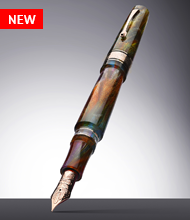
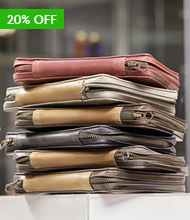
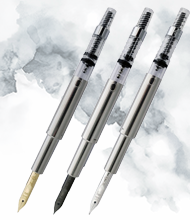
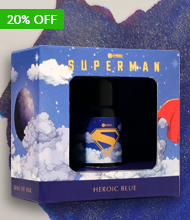
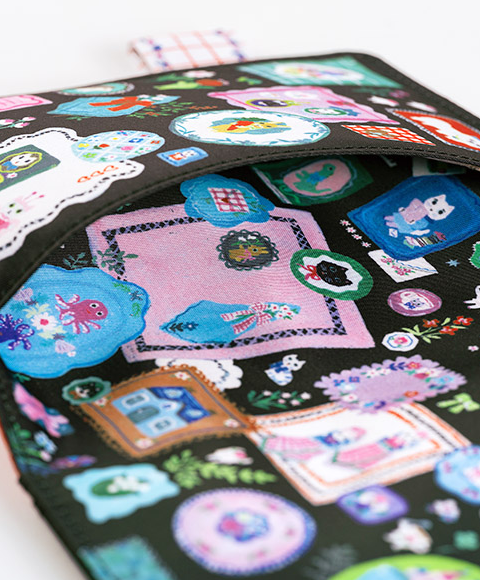
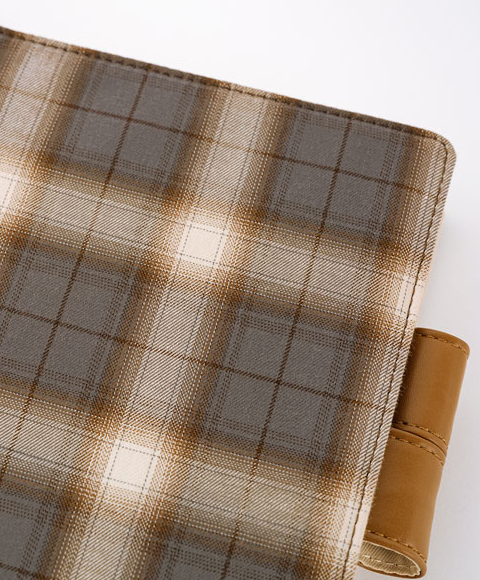
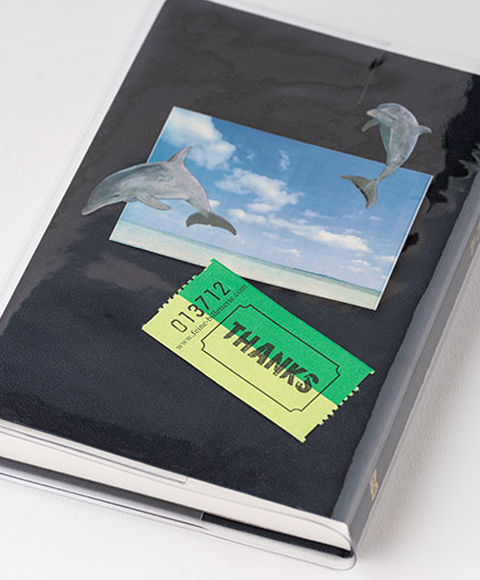
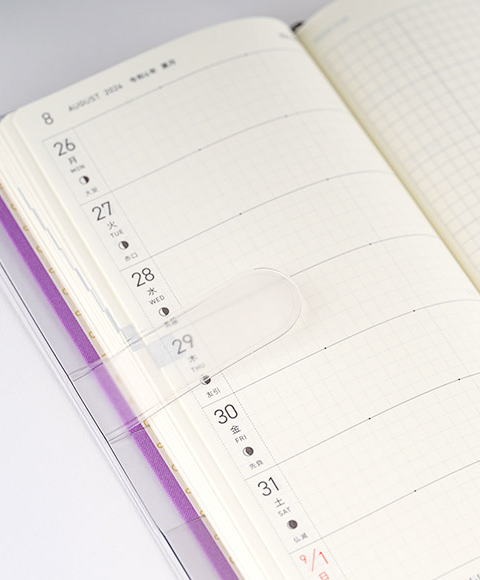
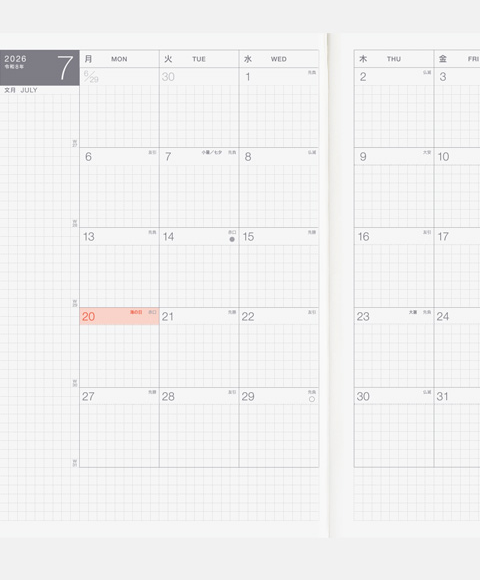
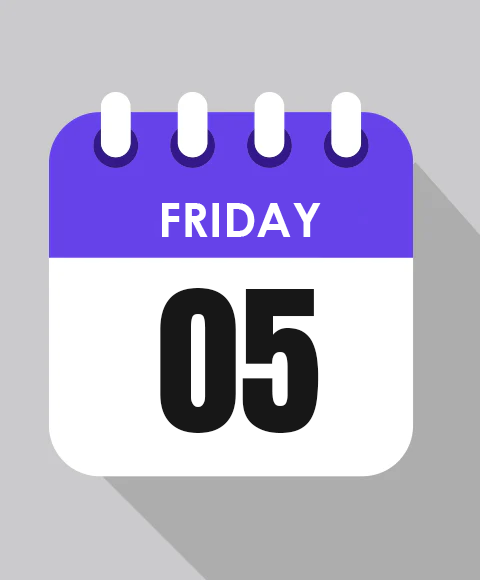
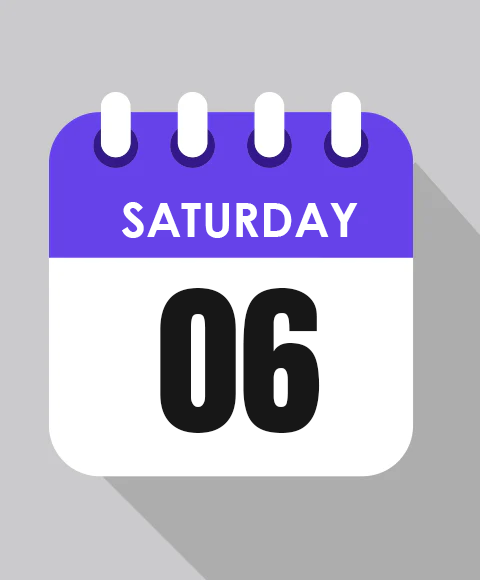
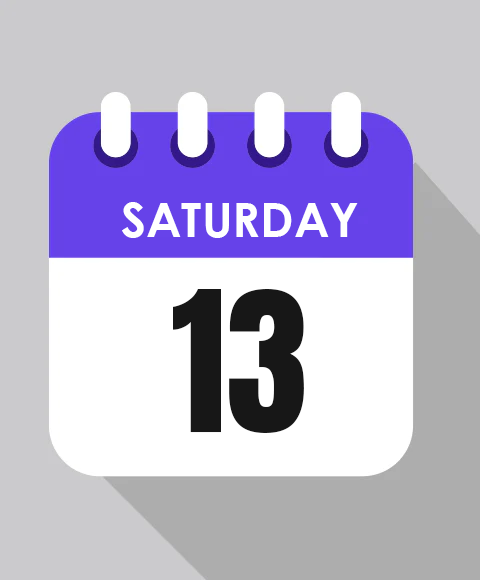
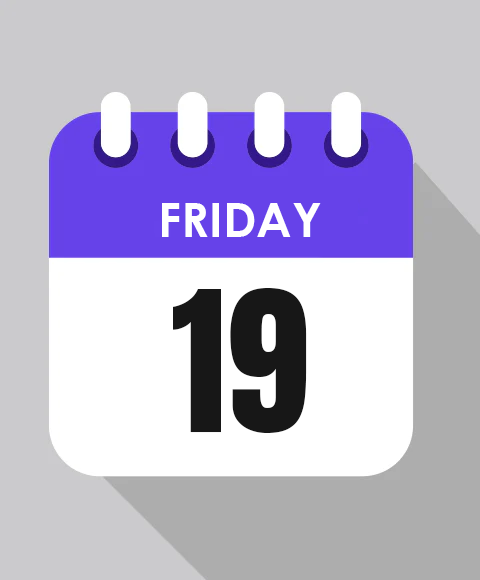
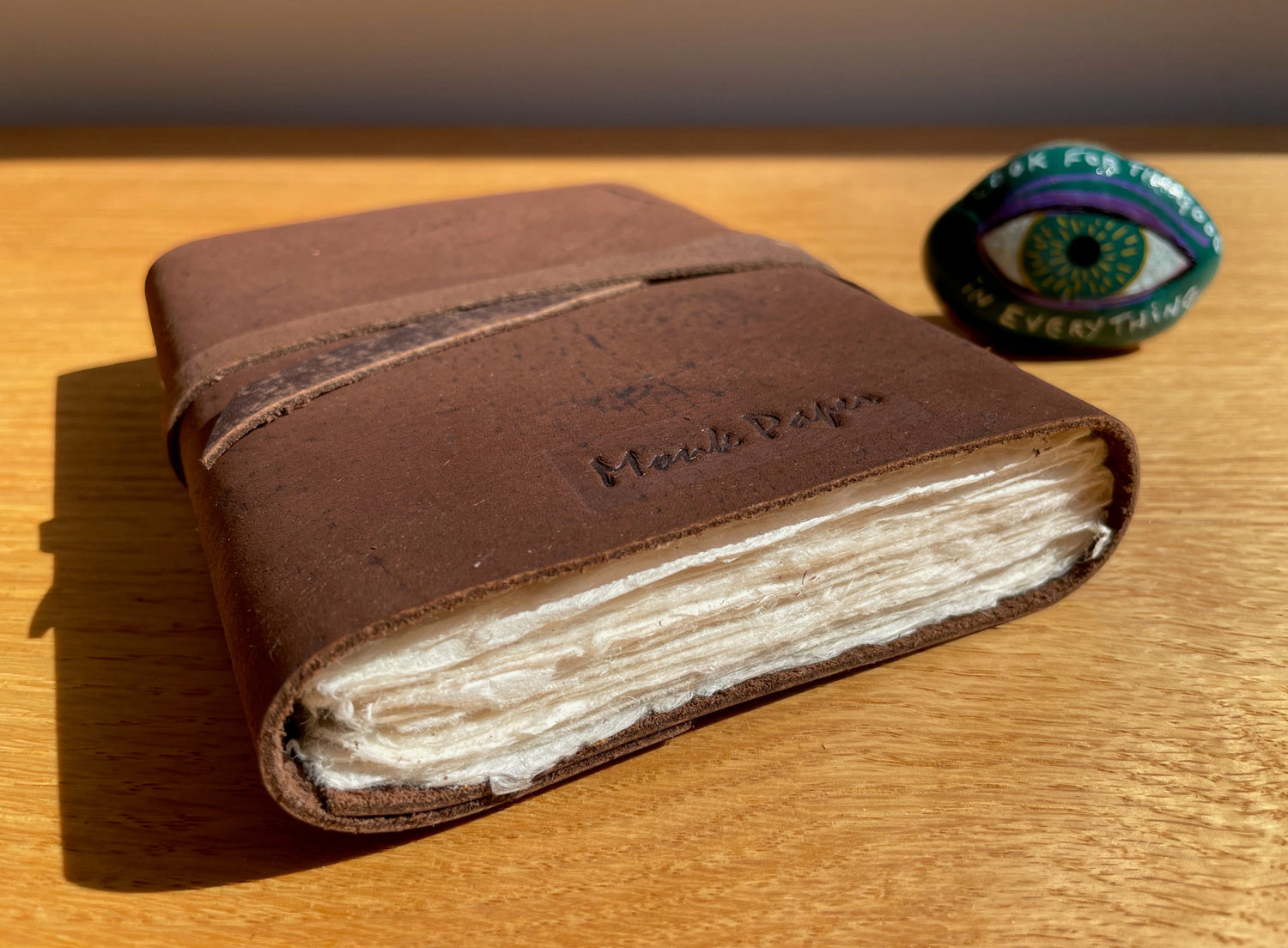
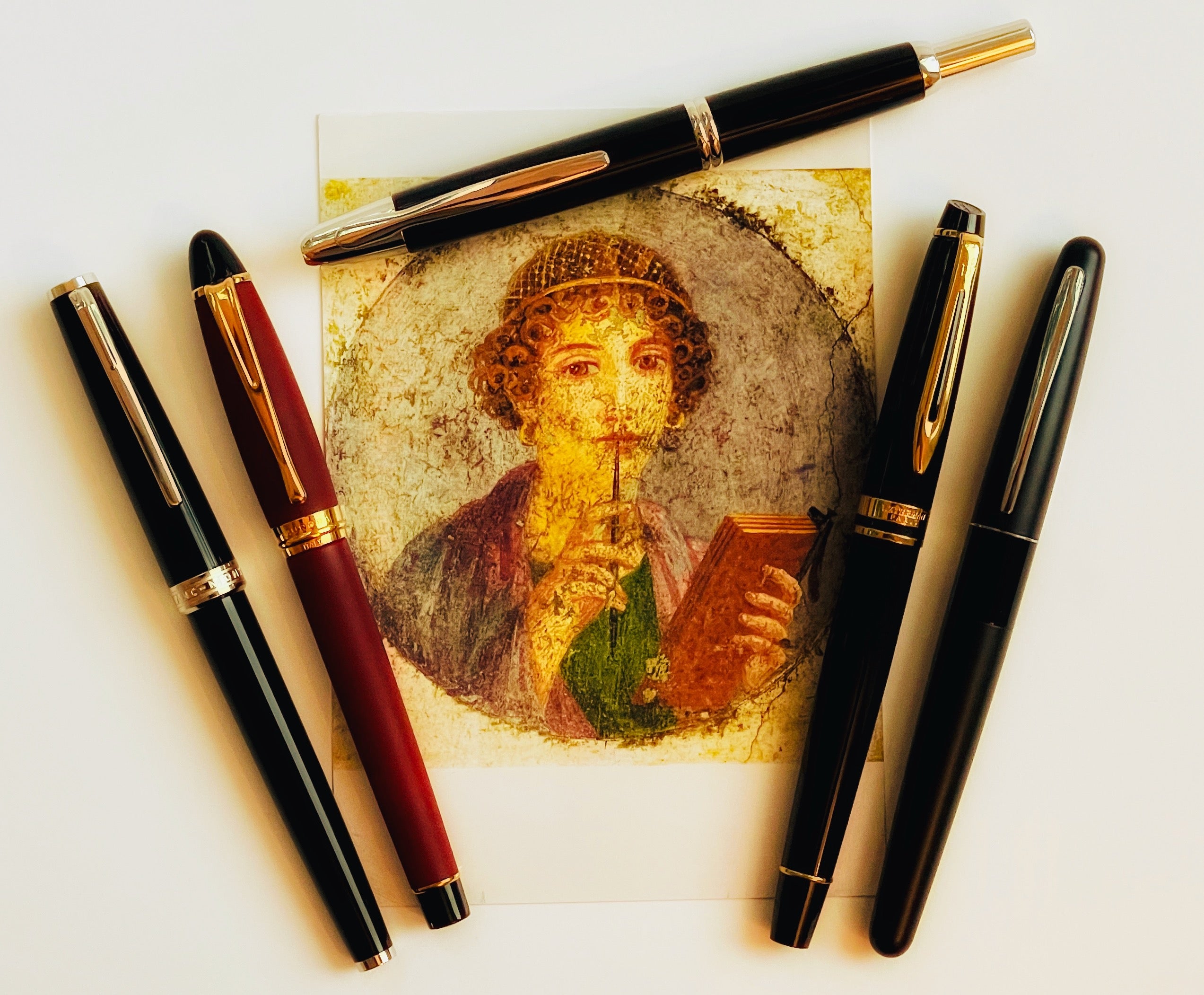
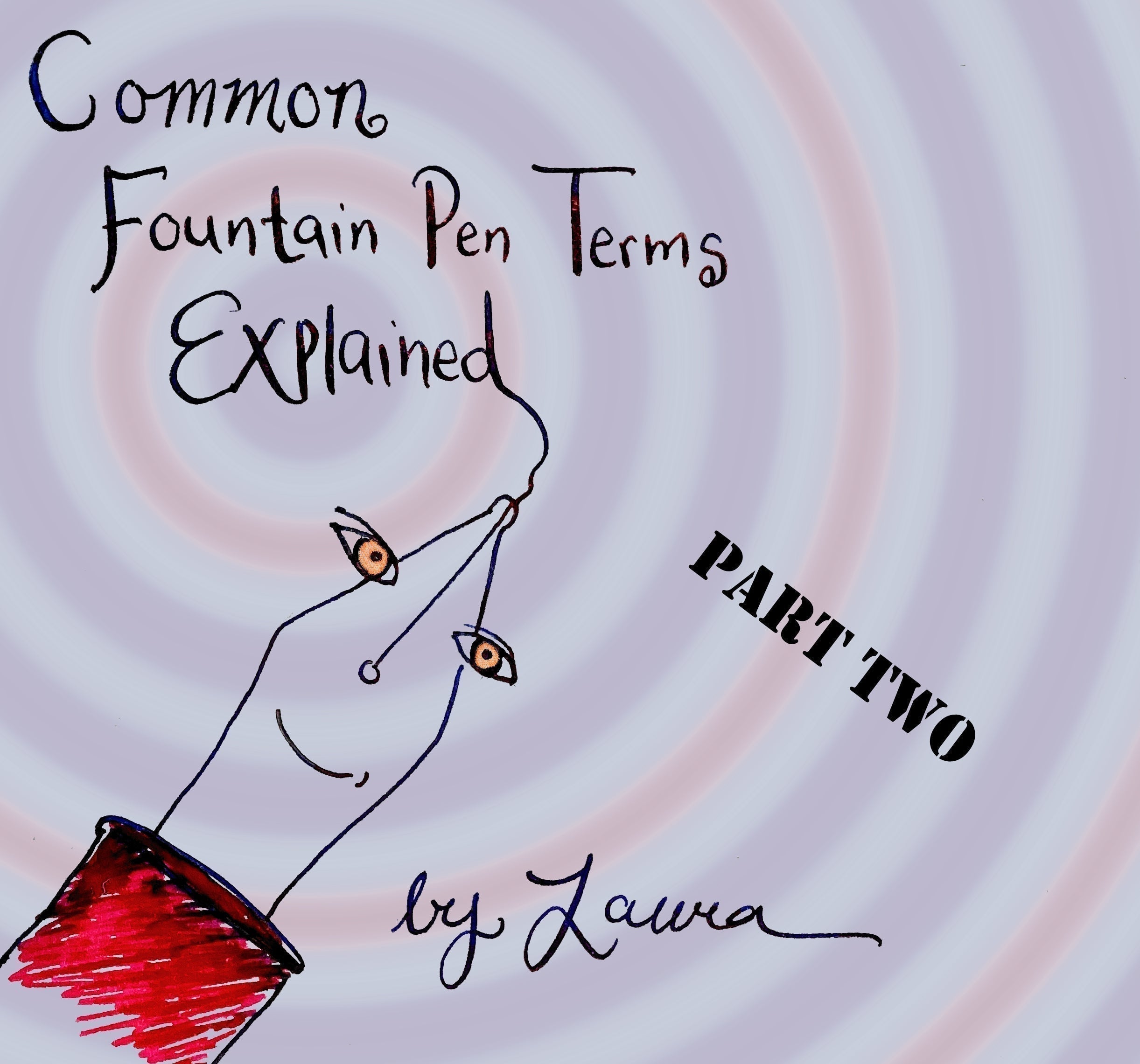

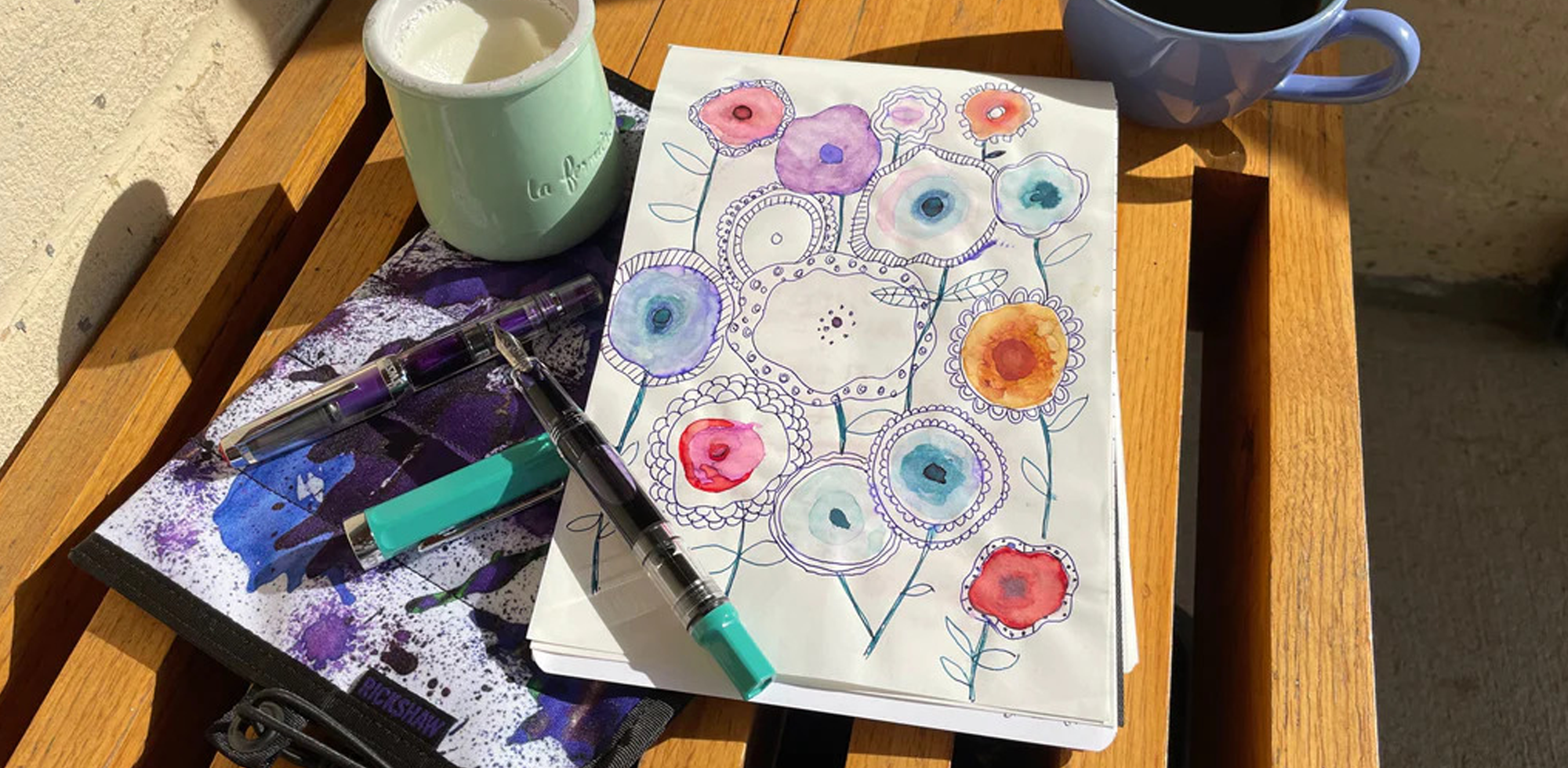
7 comments
Leslie Junkins
Thank you for all of the enlightening and detailed information about this special paper – I always enjoy learning something new!!! Now I am even more excited to use it to write notes/letters to friends!
Thank you for all of the enlightening and detailed information about this special paper – I always enjoy learning something new!!! Now I am even more excited to use it to write notes/letters to friends!
Ron Wilkes
I’ve enjoyed this paper 📃 and have a boxed 📦 stationery set. I have found fountain pens 🖊 can bleed through the paper. It’s best to use a rollerball pen. I will try some Faber Castell ink gel pens 🖊 with the paper after reading your article.
I’ve enjoyed this paper 📃 and have a boxed 📦 stationery set. I have found fountain pens 🖊 can bleed through the paper. It’s best to use a rollerball pen. I will try some Faber Castell ink gel pens 🖊 with the paper after reading your article.
Sue
I can’t wait to try out this beautiful Lokta paper! The saffron journal looks so nice. It’s definitely on my wishlist! Great article! I love that you included pictures of your pen and ink demos with the pretty paper. :)
I can’t wait to try out this beautiful Lokta paper! The saffron journal looks so nice. It’s definitely on my wishlist! Great article! I love that you included pictures of your pen and ink demos with the pretty paper. :)
Susan
A great deep dive into this paper. With such complete information a buffalo journal has made it to the top of my birthday/Christmas wish list. Thank you
A great deep dive into this paper. With such complete information a buffalo journal has made it to the top of my birthday/Christmas wish list. Thank you
Sujata
Thanks for this detailed review. I was always curious about how this paper would hold up to a fountain pen and I love that you did all the analysis for me! The gel pen is a clear winner in my mind.
Thanks for this detailed review. I was always curious about how this paper would hold up to a fountain pen and I love that you did all the analysis for me! The gel pen is a clear winner in my mind.
Amy
I love reading these messages!! It’s perfect to enjoy some writing here and there and a few jokes. This is the most important entertainment for everyone!
I love reading these messages!! It’s perfect to enjoy some writing here and there and a few jokes. This is the most important entertainment for everyone!
Susie
Wow, you really dove in! Love seeing how all the pens write on this paper!
Wow, you really dove in! Love seeing how all the pens write on this paper!